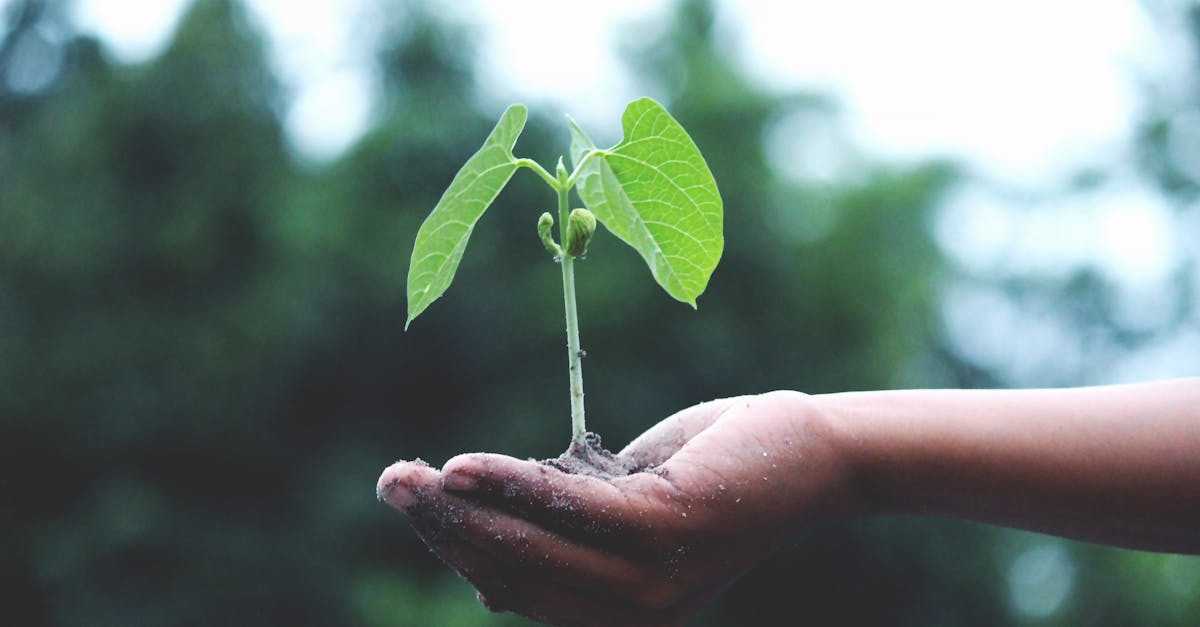The devastating wildfires in Lahaina caused widespread destruction, but amidst the ashes, a monumental community effort is taking root. An islandwide network of volunteers is cultivating thousands of trees to aid in the restoration of the burned areas. This initiative, which now encompasses 6,200 trees across 25 grow hubs, exemplifies the resilience and collaborative spirit of Maui residents, offering a beacon of hope for the future. The initiative's community-driven approach directly addresses the ecological damage from the fires, with significant implications for the long-term health of the island and its resources.
The heart of this project lies in the dedication of volunteers like the Williams family, who, despite losing their home in the Lahaina fire, are actively participating in the tree-growing initiative. It is this commitment that fuels the effort, demonstrating how personal resilience can be channeled into community recovery. This organic approach also provides vital opportunities for local entrepreneurs who are focused on landscaping, nurseries, and environmental restoration. By focusing on local sourcing and community involvement, the project fosters a more sustainable and locally-driven recovery.
The effort's impact extends beyond reforestation, as it could potentially catalyze other sustainability-focused business ventures. Businesses involved in renewable energy, sustainable agriculture, and eco-tourism may find opportunities to align with related initiatives. These collaborations can help foster a more sustainable economy for Maui. The initiative can also encourage green building practices and community-based tourism, which may attract environmentally conscious visitors.
The project directly aligns with broader sustainability goals for Hawaii. A recent analysis from the Hawaii Department of Land and Natural Resources highlights the importance of reforestation for watershed protection and carbon sequestration. Furthermore, the efforts of volunteers showcase the possibilities for the future. The current initiative underscores the importance of community-led restoration, which will likely be able to improve infrastructure and boost the landscape for years to come. Successful execution can make the community more sustainable. Similar projects in the past show how critical the local restoration of natural environments is. Previous efforts, as reported in a study by the University of Hawaii’s Environmental Research Institute, have shown how important community involvement can be for long-term ecological recovery.
This grassroots movement presents a compelling model for other communities dealing with environmental disasters or facing a need for a more sustainable approach. The ability to engage residents in conservation efforts can be crucial for a vibrant and resilient economic ecosystem. The Lahaina recovery effort is more than a reforestation project; it is a testament to the power of community, environmental protection, and the potential for a sustainable future led by the citizens of Maui.



